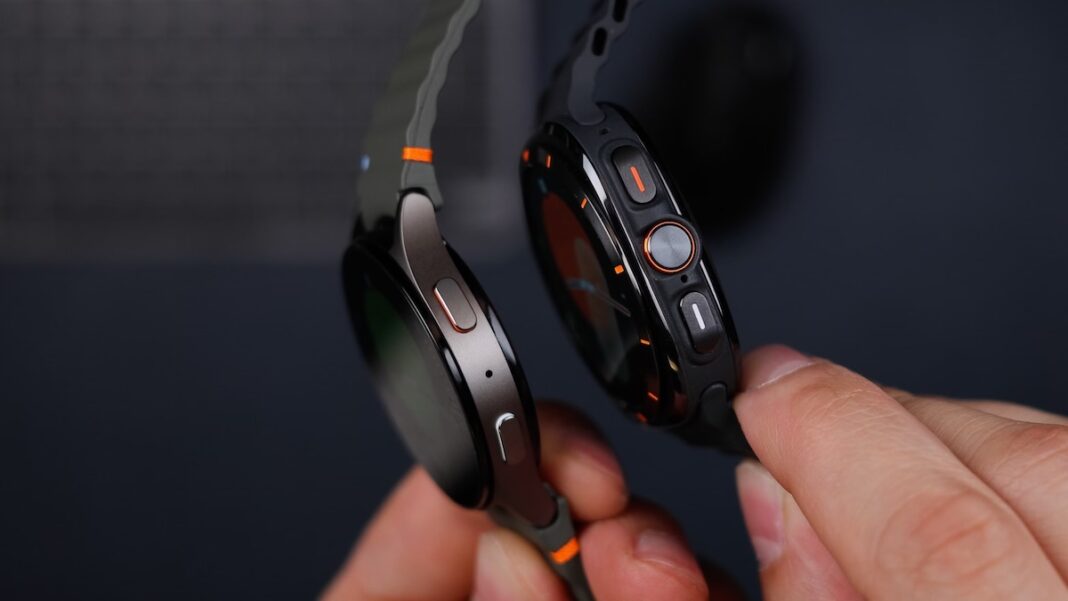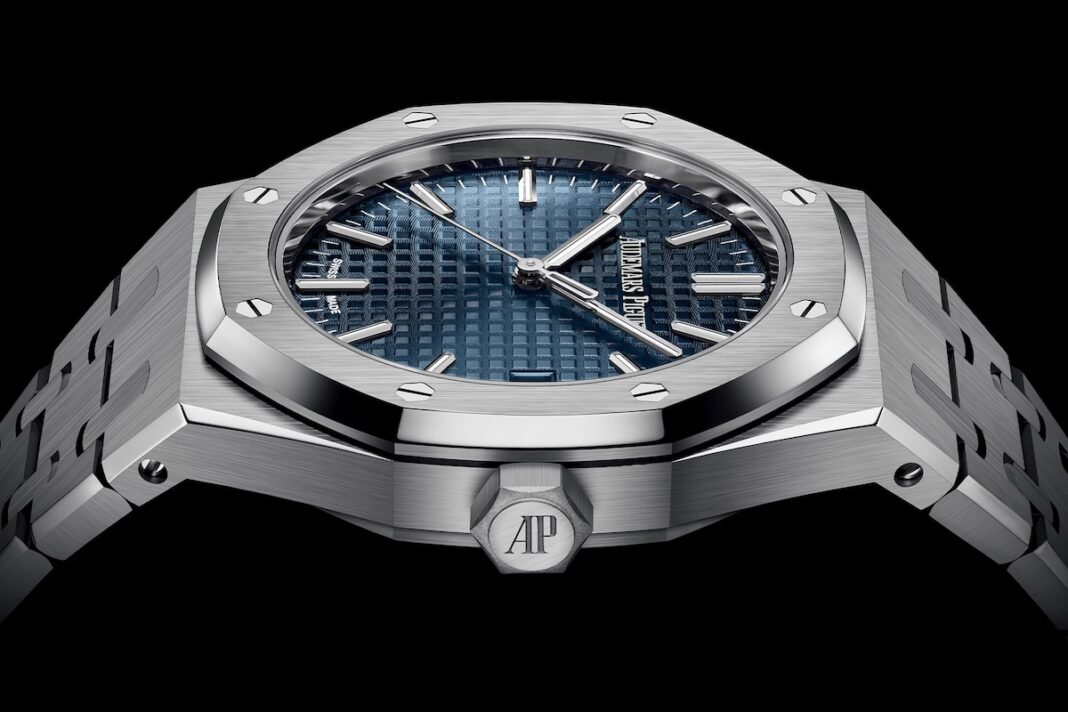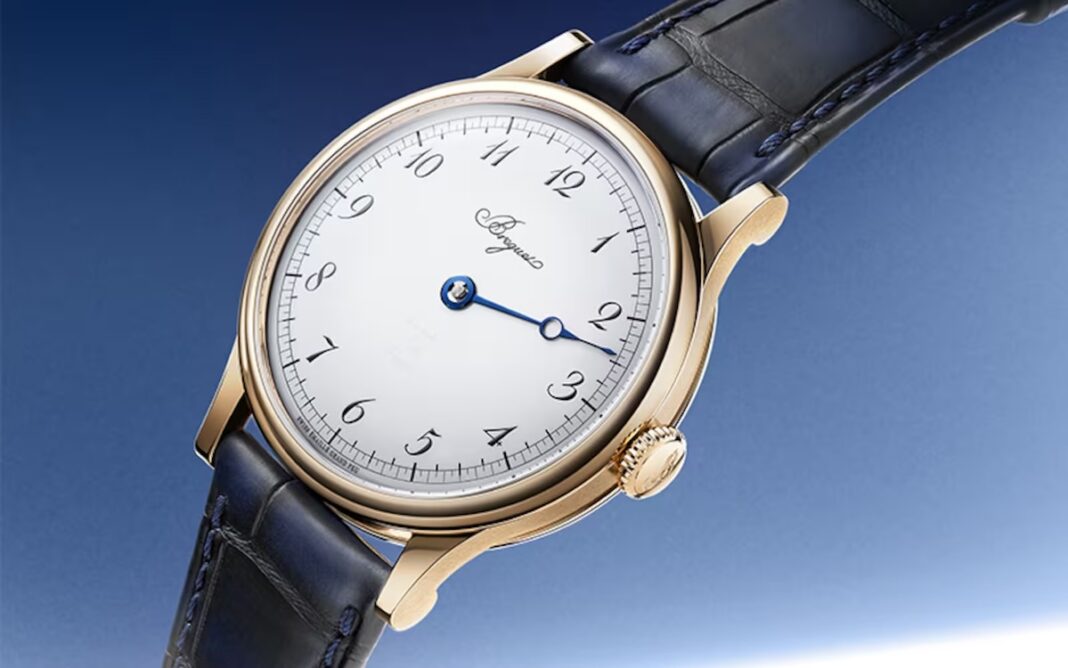In 2025, the smartwatch landscape continues to evolve at a rapid pace. While performance and features have hit impressive heights, a few models now stand out for achieving the near-impossible balance between long battery life, fitness tracking precision, and unmistakable style. Whether you’re an athlete, a commuter, or a design-conscious user, the latest generation of smartwatches has something refined to offer.
A New Generation with New Priorities
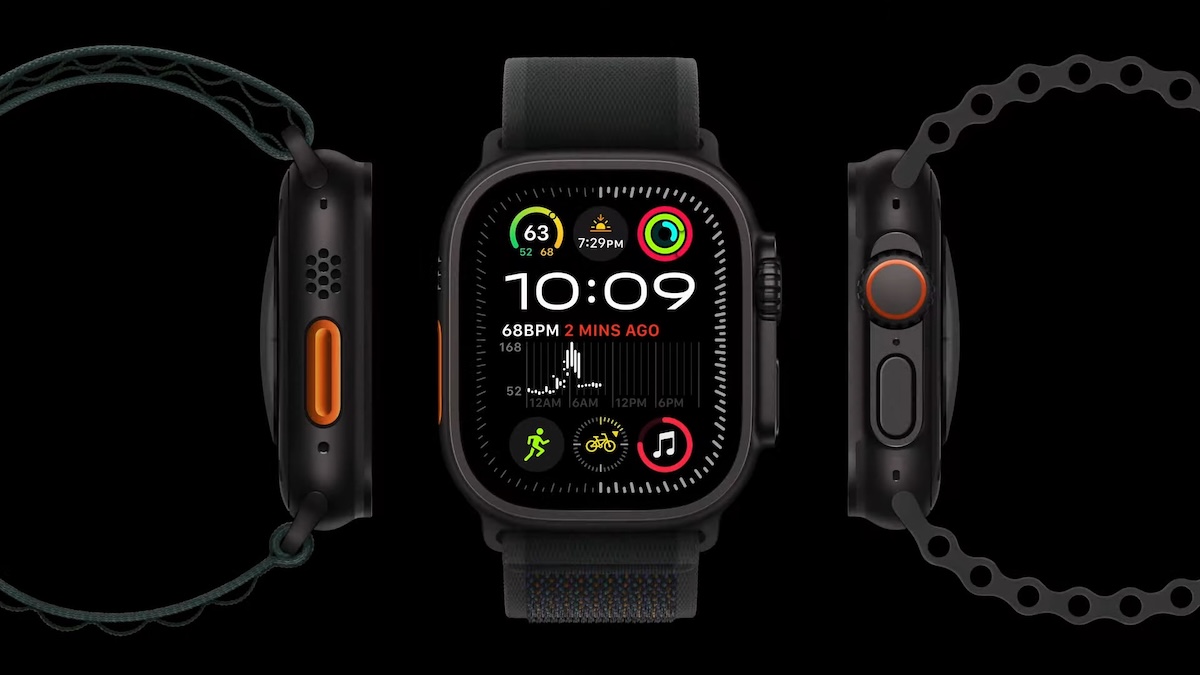
Over the past decade, smartwatches have matured from gadget-like novelties into essential everyday tools. Brands like Apple, Samsung, and Garmin have redefined the category, but in 2025, the spotlight is shifting. Consumers no longer want just more features—they want smarter power management, meaningful wellness insights, and a design they’re proud to wear. This year’s most compelling models reflect that shift, targeting users who demand more autonomy, more health tracking accuracy, and a more elevated wrist presence.
Behind the Specs: Why It Matters
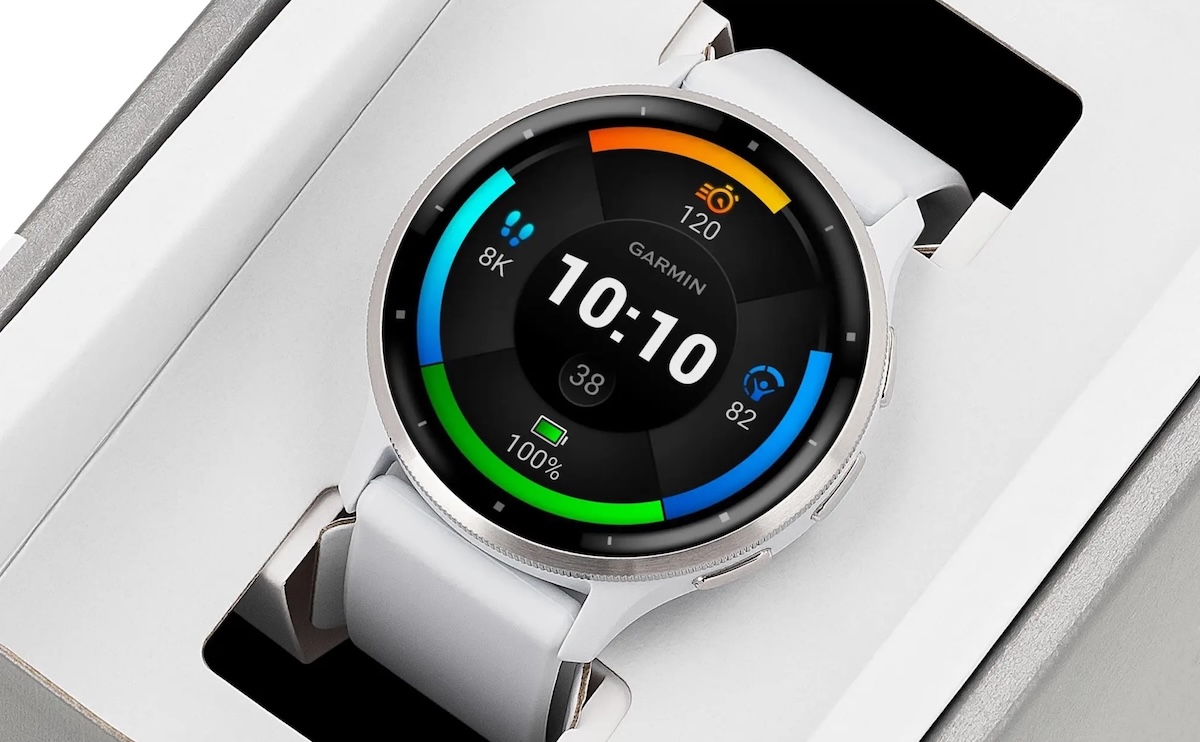
Among the most praised models this year are the Apple Watch Ultra 3, Garmin Venu 3 Plus, and Huawei Watch GT 5—each for different reasons. Apple’s latest Ultra builds on its rugged DNA with a more power-efficient display and dual-frequency GPS that doesn’t drain the battery. The Ultra 3 now delivers up to 72 hours of battery in low-power mode—finally answering critics of Apple’s short endurance.
Garmin’s Venu 3 Plus runs its custom OS with AMOLED clarity and delivers nearly two weeks of real-world use. It includes advanced VO₂ Max readings, ECG monitoring, and a refined Body Battery algorithm. It’s no longer just for athletes—it feels premium enough for boardrooms.
Then there’s Huawei’s Watch GT 5, which pairs a high-resolution OLED with LiteOS, offering up to 14 days of battery even with continuous health tracking. Thanks to dual-chip architecture, the watch intelligently switches processing cores to save energy without compromising performance. While access to third-party apps remains limited, the hardware efficiency is best-in-class.
Designed for Real Lives, Not Just Specs
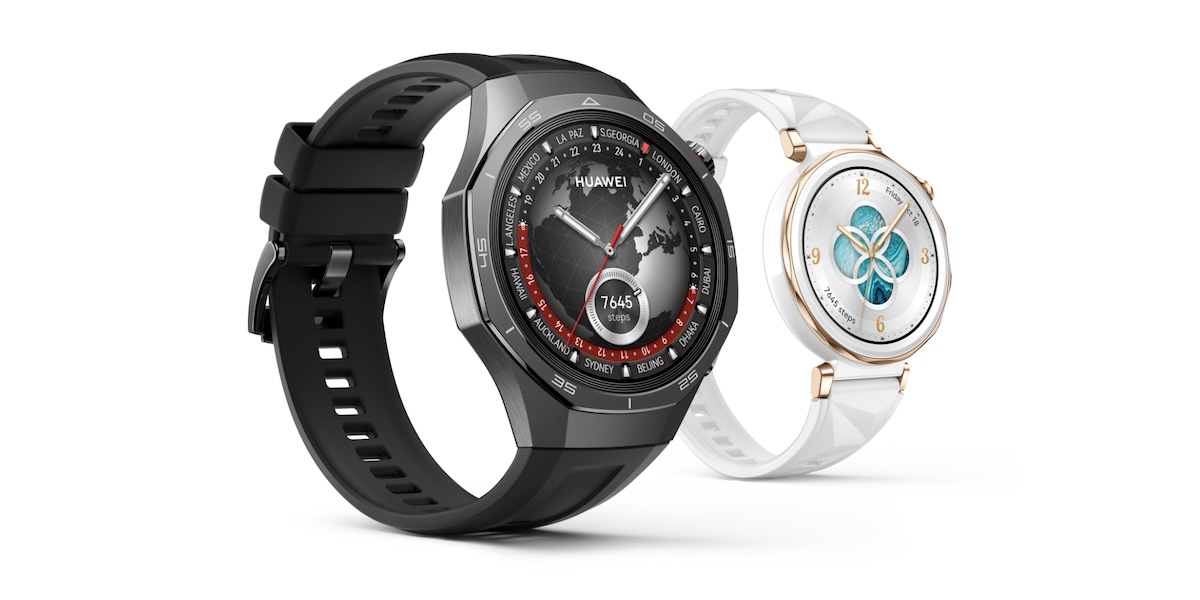
What makes these smartwatches stand out isn’t just numbers—it’s how they blend utility with elegance. The Ultra 3 retains its bold titanium case and adds a slimmer band system for smaller wrists, making it more wearable daily. Garmin’s Venu 3 Plus now comes in a 43mm version with a sleeker, almost dress-watch aesthetic and offers metal and silicone straps that feel tailored. The GT 5 features ceramic bezels and sapphire glass, raising the bar for Android-compatible timepieces under $400.
All three watches support contactless payments, calls, offline music, and in-depth sleep coaching. But their personalities differ: Apple is still king of seamless ecosystem integration; Garmin is for users who want actionable health insights without distraction; and Huawei is an underdog championing battery-first performance in a minimalist frame.
Final Thoughts, Pricing & Availability
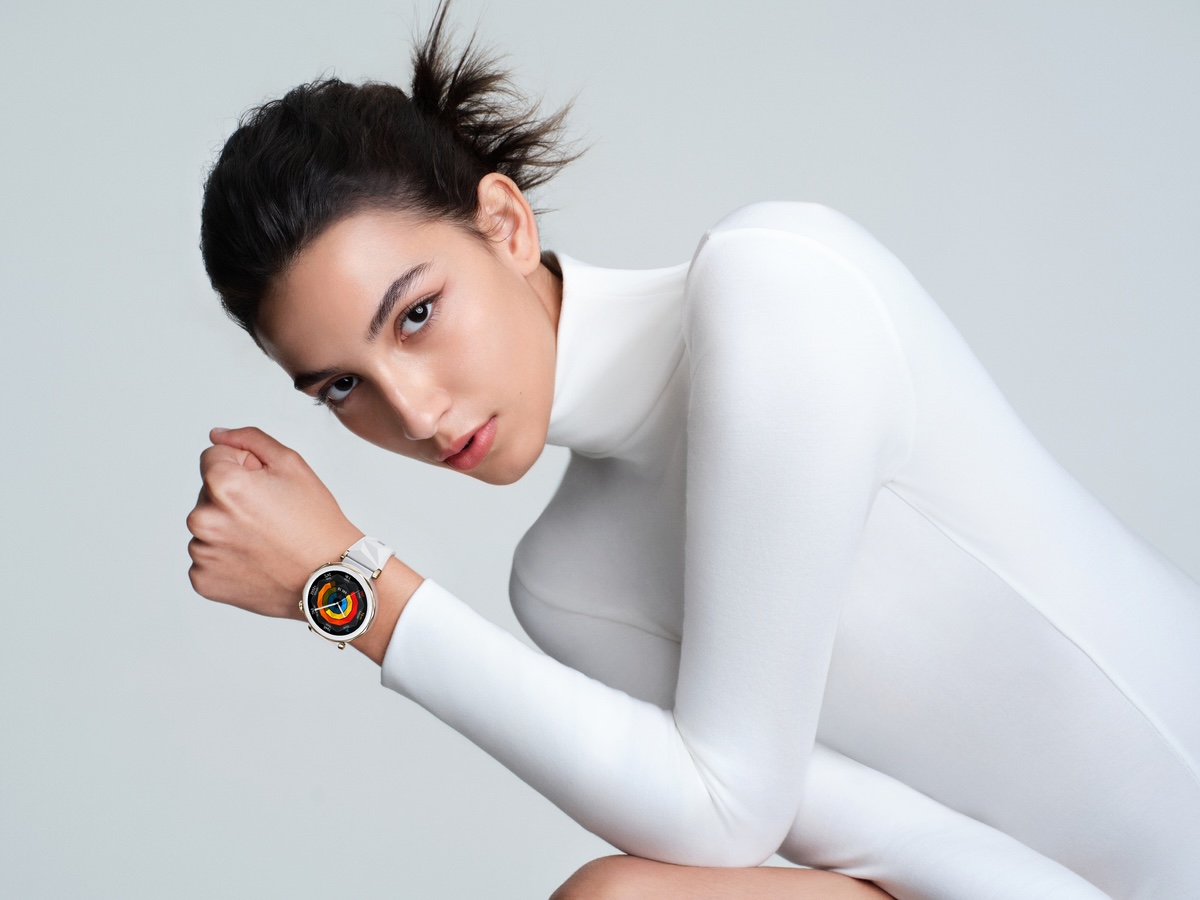
While none of these watches are perfect, each succeeds at bridging gaps that previously defined the smartwatch trade-off. Apple remains expensive at $799 but justifies its price with the most robust feature set. Garmin sits around $499 and offers arguably the best all-around performance for health-focused users. Huawei’s GT 5 wins on value at $299, though it may feel restrictive for app-heavy users.
All models are currently available globally, though Huawei may be harder to find in the US due to regulatory hurdles. Retail availability covers Apple’s official stores, major electronics chains for Garmin, and online platforms for Huawei.
As someone who still wears a mechanical watch on weekends, it’s been fascinating to witness smartwatches finally embrace a level of refinement and restraint once reserved for traditional horology. If you’ve been holding off for something that respects your time and your wrist, 2025 may just be the year to make the leap.
